She was named after Audrey Hepburn, and her parents must have had some extraordinary foreknowledge, because Audrey Tatou is probably the closest thing we have to the classy, gamine and always-elegant Hepburn. Let’s start with her face:


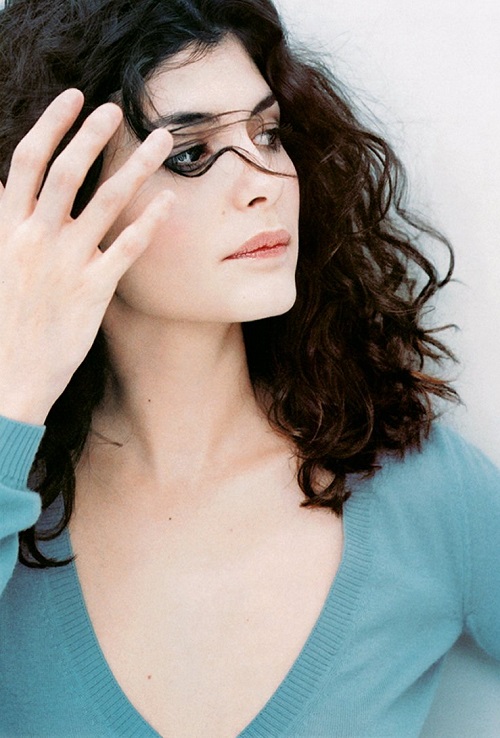
…then zoom out a little:
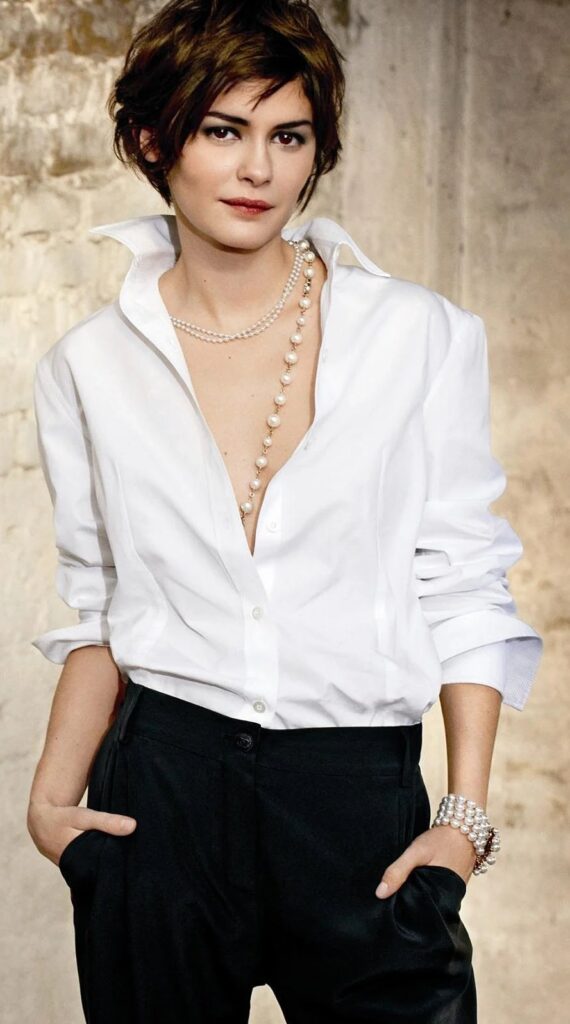

…just a bit more:
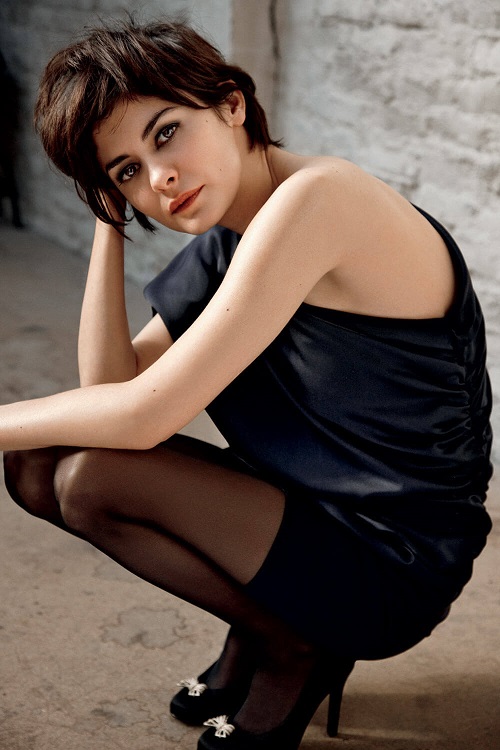
…and into the tout ensemble:
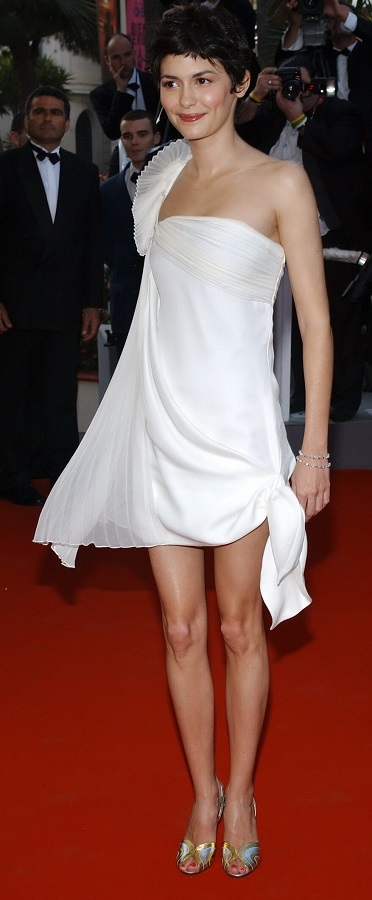
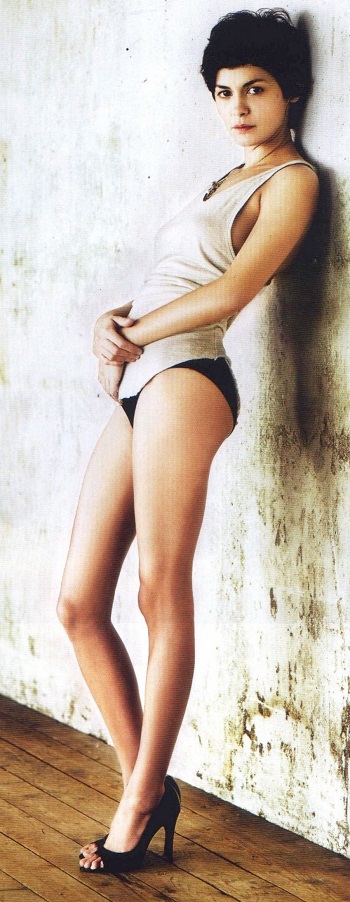
I know, she’s slender to the point of skinny, quite unlike my usual preference.
But then again, Audrey Hepburn was just as skinny, and it’s to her that we’re comparing her namesake, and not to the pumped-up, pneumatically-enhanced and overblown actresses of the modern era.
Exquisite. Absolutely wonderful.
By the way, I happen to think that the Tatou Audrey is a far better actress than the Hepburn Audrey. On her own (in Amélie) she was brilliant, and in The Da Vinci Code she more than stood up to the towering talent that surrounded her: Alfred Molina, Ian McKellern, the incomparable Jean Reno and of course, leading man Tom Hanks.
Not just a pretty face, she.

Skinny little Audrey Hepburn rocked (Nazi-sympathizer) Coco Chanel’s fashions. And was the inspiration for Audrey Tatou, who eventually closed the loop by starring in the film Coco Before Chanel.
Those of us who have been fortunate enough, unlikely to my critics as it may seem, to be hit on by a variety of body types from anorexic to whale, can tell you that small breasts are the most sensitive.
I have adored her for 20 years. Her still photos do not do her justice. Her performance in He Loves Me, He Loves Me Not (A La Folie, Pas du Tout) makes a definite impression.
If memory serves, Hepburn’s ‘natural’ skinniness came from being starved as a teen in WW2.
Yes. Her father was a Scots diplomat, and her mother was Dutch. Her parents divorced in the 1930’s. When WWII was starting, her mother took decided that the UK was about to become dangerous, so took herself and her daughter to “safety” in her parent’s house in the Netherlands. Surely Nazi Germany wouldn’t invade a neutral country, that wasn’t even on the way to France – until they did.
Worse, they were near Arnhem. If you’ve seen the movie “A Bridge Too Far”, that bridge was in Arnhem. The Nazis pretty much blew the town apart to dislodge a few British paratroopers from the north end of the bridge. The paratroops were finally beaten and operation Market Garden ended with the Allied lines a few miles south of Arnhem. This left the northern Netherlands, including Arnhem, in German hands while disrupting the German supply lines.
What followed is called “the Hunger Winter”. The Germans could not transport anywhere near enough food there, even if they weren’t short of food everywhere. The Allies were willing to feed Dutch civilians, but could not cross German lines to deliver the food. There were truces that allowed some food to be delivered from the Allies, but not nearly enough. So from September 1944 to May 1945, 4.5 million civilians starved, with rations sometimes dropping as low as 580 calories a day.